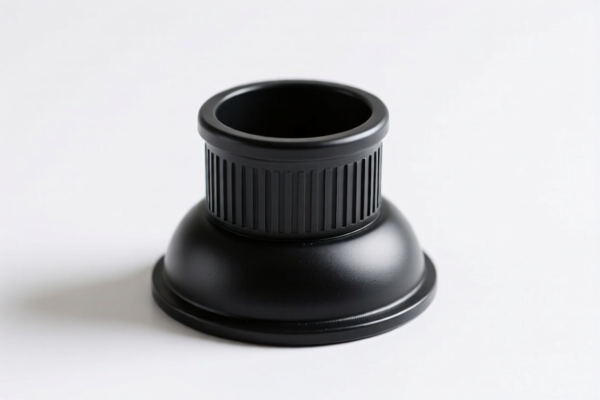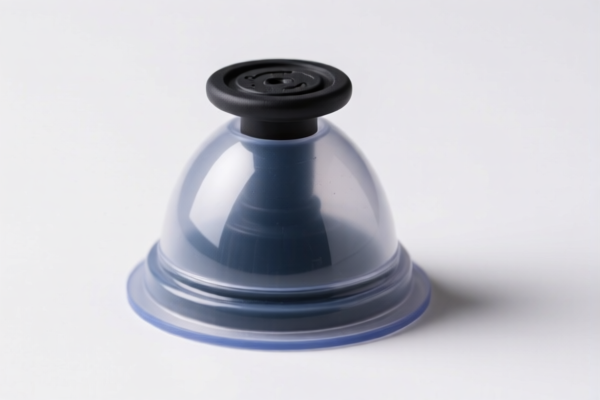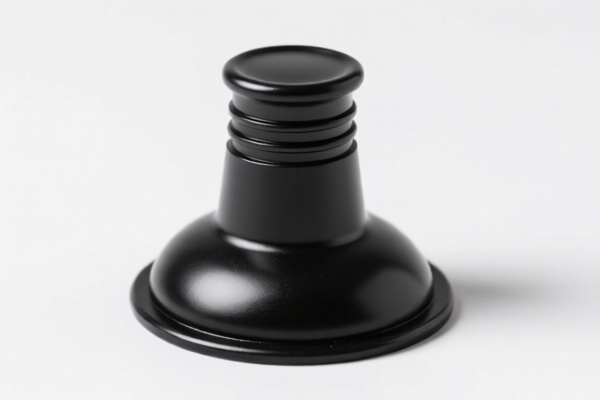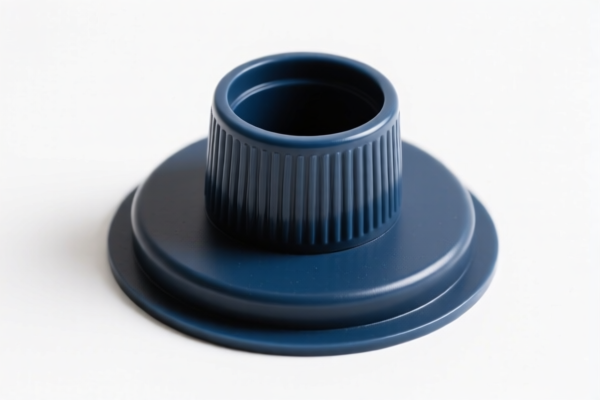| HS Code | Official Doc | Tariff Rate | Origin | Destination | Effective Date |
|---|---|---|---|---|---|
| 7004905000 | Doc | 60.0% | CN | US | 2025-05-12 |
| 7004900500 | Doc | 55.0% | CN | US | 2025-05-12 |
| 7020006000 | Doc | 60.0% | CN | US | 2025-05-12 |
| 7020003000 | Doc | 55.0% | CN | US | 2025-05-12 |
| 8464900110 | Doc | 57.0% | CN | US | 2025-05-12 |
| 8464900120 | Doc | 57.0% | CN | US | 2025-05-12 |
| 8479899599 | Doc | 57.5% | CN | US | 2025-05-12 |
| 3926903000 | Doc | 59.2% | CN | US | 2025-05-12 |
| 3926909989 | Doc | 42.8% | CN | US | 2025-05-12 |
| 3923900080 | Doc | 58.0% | CN | US | 2025-05-12 |




Glass Suction Cup Vacuum Lifter
A glass suction cup vacuum lifter is a tool designed to lift and move glass panes with minimal effort, reducing the risk of damage or injury. It utilizes vacuum pressure to create a strong bond between the suction cup and the glass surface.
Material:
- Suction Cup: Typically made of durable, flexible rubber or polyurethane to conform to the glass surface and create a tight seal. Silicone is also common for higher temperature applications or when a stronger grip is needed.
- Pump Mechanism: Can be manual (lever-action), pneumatic (air-powered), or electric. The pump body is often constructed from aluminum, steel, or high-strength plastic.
- Handle/Frame: Commonly aluminum, steel, or plastic, providing structural support and a grip for the user.
- Safety Features: May include indicators to show vacuum pressure, release mechanisms, and sometimes audible alarms to warn of pressure loss.
Purpose:
The primary purpose is to safely handle glass sheets during installation, replacement, or movement. They prevent scratches, chips, and breakage, and minimize the physical strain on workers.
Function:
The device works by:
- Creating a Vacuum: The pump removes air from the suction cup chamber, generating negative pressure.
- Adhesion: The pressure difference between the inside of the cup and atmospheric pressure creates a strong adhesive force.
- Lifting & Carrying: The lifting hook or handle is connected to the vacuum cup, allowing the user to lift and transport the glass.
- Controlled Release: A release mechanism breaks the vacuum, allowing for a controlled lowering or placement of the glass.
Usage Scenarios:
- Window Installation: Commonly used by glaziers to install windows in buildings.
- Glass Door Installation: Facilitates the safe handling of large glass doors.
- Mirror Installation: Used for positioning and securing mirrors.
- Appliance Repair: Useful for removing and replacing glass panels in refrigerators, ovens, and other appliances.
- Construction/Renovation: Any application involving the movement of large glass sheets.
- Automotive Glass: Handling windshields and other automotive glass components.
Common Types:
- Manual Vacuum Lifters: Operated by a hand pump (lever or piston). These are cost-effective and suitable for lighter loads and infrequent use. Capacity typically ranges from 30-80kg (66-176lbs).
- Pneumatic Vacuum Lifters: Powered by compressed air. Offer more consistent lifting power and are suitable for heavier loads and more frequent use. Require an air compressor. Capacity can exceed 100kg (220lbs).
- Electric Vacuum Lifters: Utilize an electric pump to create the vacuum. Provide the highest lifting capacity and are often equipped with advanced features like adjustable vacuum levels and digital displays. Capacity can exceed 200kg (440lbs).
- Single/Double Cup Lifters: Single cup lifters are used for smaller panes or lighter loads. Double cup lifters provide increased stability and lifting capacity for larger or heavier panes.
- Adjustable Vacuum Lifters: Allow for adjustment of the suction cup size or shape to accommodate different glass thicknesses and surface conditions.
- Beam Lifters: Larger lifters with a beam structure for handling very large glass sheets, often used in industrial settings.
The declared goods, a glass suction cup vacuum lifter, can be classified based on its function and components. It is a machine designed for lifting glass using vacuum technology. The relevant HS codes are detailed below:
-
8464900110: Machine tools for working stone, ceramics, concrete, asbestos-cement or like mineral materials or for cold working glass: Other Glass-working machines. This code covers machines specifically designed for working glass, including those used for lifting and handling.
- 84: Chapter 84 covers nuclear reactors, boilers, machinery and mechanical appliances; parts thereof.
- 64: Heading 8464 specifically covers machine tools for working stone, ceramics, concrete, asbestos-cement or like mineral materials or for cold working glass.
- 900110: This subheading further specifies "Other Glass-working machines".
-
8464900120: Machine tools for working stone, ceramics, concrete, asbestos-cement or like mineral materials or for cold working glass: Other Other. This is a broader category for other machine tools used in these materials, potentially applicable if the lifter has additional functionalities beyond simple lifting.
- 84: Chapter 84 covers nuclear reactors, boilers, machinery and mechanical appliances; parts thereof.
- 64: Heading 8464 specifically covers machine tools for working stone, ceramics, concrete, asbestos-cement or like mineral materials or for cold working glass.
- 900120: This subheading specifies "Other Other" within the broader category.
-
8479899599: Machines and mechanical appliances having individual functions, not specified or included elsewhere in this chapter; parts thereof: Other machines and mechanical appliances: Other: Other Other. This code could apply if the vacuum lifter is considered a specialized machine with a unique function not specifically covered by other headings.
- 84: Chapter 84 covers nuclear reactors, boilers, machinery and mechanical appliances; parts thereof.
- 79: Heading 8479 covers machines and mechanical appliances having individual functions, not specified or included elsewhere in this chapter.
- 899599: This subheading specifies "Other machines and mechanical appliances: Other: Other Other".
Tax Rate Information (Based on provided reference material):
- 8464900110 & 8464900120: Both have a base tariff of 2.0%, an additional tariff of 25.0%, and a tariff of 30.0% after April 2, 2025, resulting in a total tariff of 57.0%.
- 8479899599: Has a base tariff of 2.5%, no additional tariff, and a tariff of 30.0% after April 2, 2025, with an additional tariff of 25% on steel and aluminum products, resulting in a total tariff of 57.5%.
Proactive Suggestions:
Regarding HS code 8464900110 and 8464900120, it is important to determine the precise function of the machine. If it is solely for lifting, these codes are appropriate. If it performs other glass-working operations, further clarification may be needed.
Regarding HS code 8479899599, if the vacuum lifter contains steel or aluminum components, please note the additional 25% tariff applicable to those materials after April 2, 2025.
Customer Reviews
This page made exporting plastic doors to the US so much easier. The HS Code and tariff info were spot on.
Super helpful for someone new to international trade. The HS Code 3925 section was easy to understand and well-organized.
The information on the 5% tariff for plastic doors was accurate and up to date. A bit technical, but very informative.
The page had all the necessary info on HS codes and tariffs for plastic doors. Would have been better with a comparison table.
I was impressed by the detailed explanation of the trade regulations for exporting to the US. Saved me hours of research.